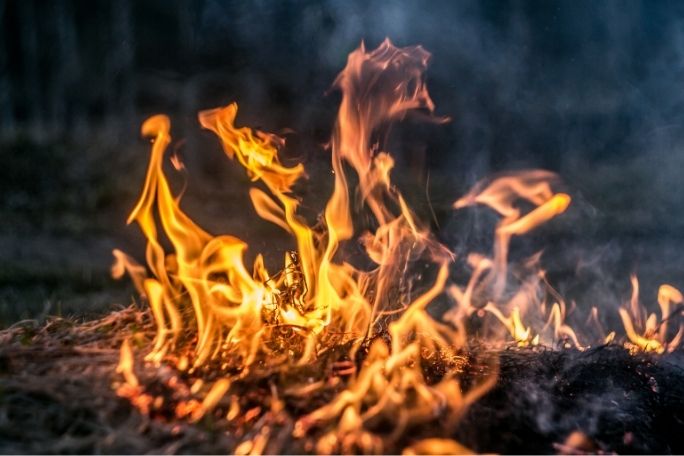Lesson summary
Students will read two different articles; one chosen for them and one of their own choice. They will answer a set of questions on both of these articles to determine scientific information and validity. Following this, they will answer a series of questions asking them to think about the similarities and differences in the way the two articles presented information about the bushfires. Next, they will complete a set of activities exploring the language of comparing and contrasting so that they can formulate their own complex sentences to determine the similarities and differences between the two articles.
This lesson is designed to be completed independently by students.
Learning intentions:
Students will...
- understand how climate change is affecting bushfires and the bushfire season in Australia
- understand how science can be used to help us understand the world around us
- utilise the language of comparison in sustained paragraphs.
Success criteria:
Students can...
- analyse an article
- conduct a comparative analysis between two articles.
- work independently
- write sentences utilising the language of comparison.
Lesson guides and printables
Lesson details
Curriculum mapping
Australian curriculum content descriptions:
Year 7 Science:
- People use science understanding and skills in their occupations and these have influenced the development of practices in areas of human activity (ACSHE121)
Year 8 Science:
- People use science understanding and skills in their occupations and these have influenced the development of practices in areas of human activity (ACSHE136)
Year 9 Science:
- Values and needs of contemporary society can influence the focus of scientific research (ACSHE228)
Year 10 Science:
- Global systems, including the carbon cycle, rely on interactions involving the biosphere, lithosphere, hydrosphere and atmosphere (ACSSU189)
- Scientific understanding, including models and theories, is contestable and is refined over time through a process of review by the scientific community (ACSHE191)
- Values and needs of contemporary society can influence the focus of scientific research (ACSHE230)
- Communicate scientific ideas and information for a particular purpose, including constructing evidence-based arguments and using appropriate scientific language, conventions and representations (ACSIS208)
Year 7 English:
- Use comprehension strategies to interpret, analyse and synthesise ideas and information, critiquing ideas and issues from a variety of textual sources (ACELY1723)
- Edit for meaning by removing repetition, refining ideas, reordering sentences and adding or substituting words for impact (ACELY1726)
- Plan, draft and publish imaginative, informative and persuasive texts, selecting aspects of subject matter and particular language, visual, and audio features to convey information and ideas (ACELY1725)
Year 8 English:
- Interpret the stated and implied meanings in spoken texts, and use evidence to support or challenge different perspectives (ACELY1730)
- Apply increasing knowledge of vocabulary, text structures and language features to understand the content of texts (ACELY1733)
- Use comprehension strategies to interpret and evaluate texts by reflecting on the validity of content and the credibility of sources, including finding evidence in the text for the author’s point of view (ACELY1734)
- Create imaginative, informative and persuasive texts that raise issues, report events and advance opinions, using deliberate language and textual choices, and including digital elements as appropriate (ACELY1736)
General capabilities: Literacy, Ethical Understanding, Critical and Creative Thinking.
Resources required
- Device with internet connection for research
- A pen
- A workbook or paper to write on
- Article: Some say we’ve seen bushfires worse than this before
Additional info
Learning@Home resources are designed for parents and teachers to use with children in the home environment. They can be used as stand-alone activities or built into existing curriculum-aligned learning programs. Our Learning@Home series includes two types of resources. The first are fun and challenging real-world activities for all ages, the second are self-directed lessons for upper primary and secondary students. These lessons support independent learning in remote or school settings.


Welcome back!
Don't have an account yet?
Log in with:
By signing up to Cool.org you consent and agree to Cool's privacy policy to
store, manage and process your personal information. To read more, please see
our privacy policy here(Opens in new tab).
Create your free Cool.org account.
Many of our resources are free, with an option to upgrade to Cool+ for premium content.
Already have an account?
Sign up with:
By signing up to Cool.org you consent and agree to Cool's privacy policy to
store, manage and process your personal information. To read more, please see
our privacy policy here(Opens in new tab).